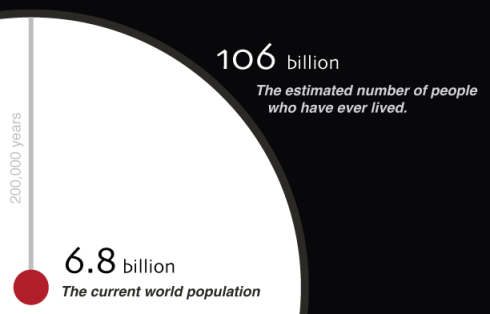Who Dies of What in Europe Before the Age of 65
Elodie Cayotte and Hartmut Buchow, Eurostat (2009)
On the heels of last week’s post about mortality rates in New York City, comes this hot hot hot report on how Europeans are dying. Special thanks to my good friend Gauti for sending it along.
The usual postmortem causing suspects are covered: heart disease, lung cancer, alcohol related deaths, suicide, transport accidents, cervical cancer, and AIDS. I read this report, in a bar, while drinking a pint of beer (I live in England…) which seems fitting given the high number of alcohol related deaths in the UK. Indeed, the report sums up overall EU mortality rates this way:
The countries with very low mortality below age 65 are Italy, Switzerland, Malta, Norway, Sweden, Iceland, the Netherlands and to a lesser extent Spain. Within the United Kingdom, there is a strikingly large north-south division that encompasses the whole range of EU mortality. A number of former industrial areas with high mortality are found in Northern England and the north- east of France.
And let me tell you, the North-South divide in England is intense. A person might as well just give up the ghost if he or she lives north of the Midlands. The difference in life expectancy between Southern England (where I live in lovely Bath) and the North is almost seven years. Across the board, in every category, death seems to lurk at every turn in Northern UK regions. It seems that television ads have become extremely important in this public health dilemma and I found the following binge drinking gems, per usual, on YouTube.



